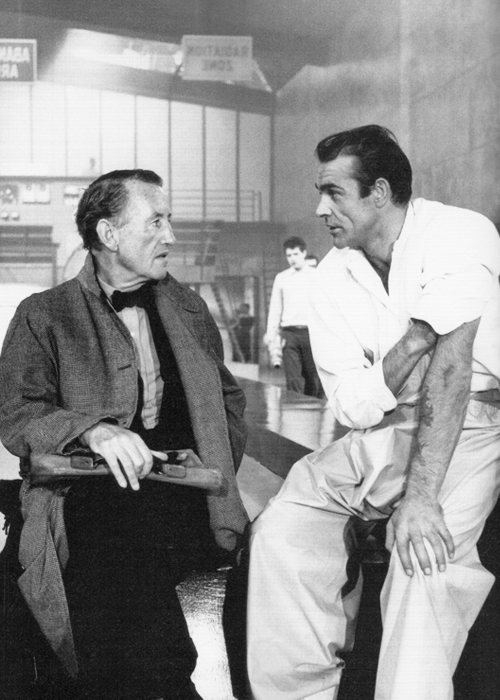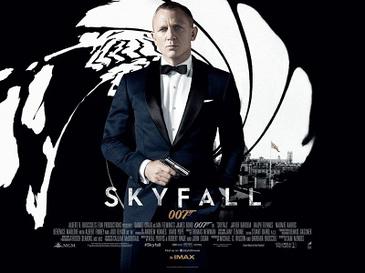England's ghostly trails ...
Fancy roaming with the restless ghosts of England? Some people take trips that give them the creeps ... literally. Ghostly trails in England are some of the best to be found, and no wonder, with such a grisly history laced with witches and warlocks, martyrs and murderers, hillocks and hangings, kings and killers. Unreal's managing editor, Mike Sullivan provides some clues as to where to find England's most sociable ghosts in this digest.
OLD WIVES TALES ... or are there threads of truth in these unexplained sightings? It's hard to know, but if you have a passion for history – morbid history, at that – finding your way among the ghostly trails of England can be a fascinating experience.
Just being in places where momentous deeds have taken place, both good and evil, adds a spine-tingling element to your travels.
There are established ghost walks in most major towns of England, and some may be a trifle ridiculous and touristy. Others, however, are genuinely creepy.
To get to these small towns, there are few alternatives other than a car. Apart from the transport, it's good to be able to get back to your safe, warm car and turn the heater up to stop yourself shaking from the ... er, cold.
Cambridgeshire
If there is such a village as a nice place to be hanged, then WARBOYS in Cambridgeshire is probably it. Warboys is, in fact, where the last hanging of a witch (at least, an alleged witch) in England took place.
The clock tower in the heart of this lovely village has a gabled roof and a stunning weathercock on top. The 13th century church has a wonderful tower and the spire is one worth seeing. It would be easy to see, too, from where the gallows once rested.
WISBECH is a town worth walking through. Some say the ghosts already do, and that's why it has a regular ghostly trail walk named Ghosts, Legends and Folklore operated by Polly Howat (Tel: 01945 870421). Contact Polly Howat to visit famous local haunts and hear stories of ghosts, witches and cursed monks that will make your skin crawl. Those who study such paranormal activity say the tales of extraordinary phenomena in Wisbech are among the best you will find – or hope not to.
In later years, Wisbech has become better known as the birthplace of Thomas Clarkson and his brother John, who were important figures in the abolition of slavery. The Clarkson Memorial tower in the town is 68ft high and dates from 1881.
Cheshire
CHESTER probably has quite a population of ghosts, if its history is anything to go by. It is England's most complete walled city, founded by the Romans 2000 years ago as a major garrison during their occupation of Britain.
Deeds both foul and fair have dominated Chester ever since. Relics abound with archaeological digs still going on. The Roman amphitheatre is the largest in the country.
A must is to take a walk through the Roman graveyard at Grosvenor Museum, which has many other Roman artefacts. Those interested in the ghosts of Rome will try the Dewa Roman Experience, located off Bridge St (Tel: 01244 343407). It is a Roman Fortress built almost 2000 years ago and it now lies under the beautiful bustling city. There are shop fronts displaying their wares – even a sleeping centurion. It is a fascinating tour and wonderful to witness some of the Roman, Saxon and Medieval remains.
But the best ghosly action in Chester somes, naturally, at night: the Ghosthunter Trail. This is a terrifying night-time journey around the eerie haunts of Chester's mysterious past. The cost is under £30 for about 1.5 hours of fun and chills.
The Rows at The Cross is a picturesque corner of Chester, the township renowned for its black-and-white houses. However, Chester is also renowned for its grey world of ghosts and spirits and has some of the creepiest walks in England.
You may think you are seeing a ghost when you witness the Roman Legionary Wall Patrol. Patrols occur in June to September on Thursday, Friday and Saturday at 11.30am and 2.30pm (Tel: 01244 324324). Walk the Fortress of Dewa with a real life Roman soldier in full battle dress. This interesting walk into history takes about an hour, and you will receive a Diploma of Military Service signed by the Emperor!
Kent
BIDDENDEN is a place where congenital misfortune has paid off. The sign on the village green depicts the two sisters known as the `Biddenden Maids' who were born in the 16th century. They were said to have been Siamese twins, joined at the hip and shoulder.
Eliza and Mary Chilkhurst lived like this for their entire 34 years. Even though gruesome stories abounded about them, they were actually great benefactors for the area. The Biddenden Maids left 20 acres of land to provide bread and cheese for the poor of the village. The tradition of handing out bread on Easter Monday in their honour is still carried out.
IGHTHAM MOTE, near Sevenoaks is 'home' to Dame Dorothy Selby, a restless soul. She warned Lord Monteagle not to attend Parliament on November 5, 1605. Her whispered words led to the discovery of the Gunpowder Plot. Guy Fawkes had her imprisoned in a concealed room where she later died. Visit the village, not far from London, to walk in the trail of this ghost who saved lives, but suffered for it.
PLUCKLEY is possibly the best-known haunted village in England. There are some 14 restless spirits, according to local legend.
Included is a Cavalier murdered by the Roundheads. A gypsy woman who fell asleep while smoking her pipe and burned to death. A highwayman caught and pinned to a tree. A brickmaker who fell into his claypit and smothered. The others, you'll have to catch for yourself.
Leicestershire
LEICESTER is one of the few towns in England that can trace its development and growth from Iron Age settlement to modern industrial city. At the heart of this 2000 year history is Castle Park, an area of gardens, churches, riverside walks, fine buildings, ancient walls and gateways, interesting shops and museums, an area where the city's long and colourful past can be explored and enjoyed. They say that some from that past still do!
Leicester has ghost walks to help you discover the past first-hand. There is the Designer Thrill Walk to keep up your spirits and the annual December Christmas Ghost Walks (Tel: 0116 265 0555). Be there on October 30 and 31 for special ghost walks and Designer Thrill Walks are available September, November and December.
Norfolk
BROOKE is a place said to be babbling with ghosts. No wonder they keep coming back, as it is a charming little village. Brooke's Post Office has bow windows matched to an equally charming butcher shop, newsagent, farm shop and two grocery shops which serve this little village lying either side of the Norwich to Bungay road. The attractive meres in the centre are home to a rare fungus. A wood in the village has the haunting name 'Shrieking Woman Grove', and the ghost of a lady is said to walk at the back of Brooke Lodge.
Northants
NORTHAMPTON is a busy place, both in this world and the next. A Cromwellian soldier and murder victims are among the residents of haunted locations here. You can find out details from the tourist Visitors Centre at Mr Grant's House, 10 St Giles Square (Tel: 01604 22677).
Maybe the ghosts come to see the world's largest collection of shoes and boots at the Central Museum? Discover Northampton's boot and shoe heritage, reflecting the reputation as Britain's premier shoemaking town.
Or perhaps it is in sympathy with Thomas a Becket, who has Becket's Park named after him here. It commemorates the escape of Thomas a Becket from his trial at Northampton Castle in the mid 1600s.
Castle Mound is all that remains of the second most important royal centre in the kingdom in the 12th and 13th centuries. Part of the fortified walls of the town, the castle was the site of the trial of Thomas a Beckett. The Church of the Holy Sepulchre was built here in 11 by the Earl of Northhampton, Simon de Senlis, who did so to mark his safe return from the Crusades in the 1100s. Some say the souls came with him .. . and stayed.
ROTHWELL, on the A6, 4m northwest of Kettering, has nothing to do with the town of similar name, Roswell, of UFO crash fame in the US. It has its own tales of the bizarre to live up to.
Holy Trinity Church, Squire's Hill, is an inspiring 13th century church with an awesome secret. Its Bone Crypt contains the remains of some 1500 people and is an eerie, chilling sight to behold in such a majestic building.
An eerie and captivating building associated with the Bone Crypt is Rushton Triangular Lodge (at Rushton 2m northeast, Tel: 01536 710761). Through this extraordinary building, architecture is used to express religious beliefs.
It was built by Sir Thomas Tresham, a devout Catholic in 1593, who also built Lyveden. The lodge symbolises the Holy Trinity, playing on the number three with three sides, three floors and trefoil windows. Reputed to be the meeting place of the Gunpowder Plot conspirators. It is difficult today to understand the full meaning but the building is nevertheless quite beautiful.
Nottinghamshire
NOTTINGHAM has spirits of a literary kind roaming its streets, playing host to the tales and trails of Robin Hood and his Merry Men. Nottingham Castle exists, of course (Tel: 01602 483504, admission free weekdays), and there is the exhibit The Tales of Robin Hood on Maid Marion Way (Tel: 01602 483284) which has an admission charge. Playing on the whole legend is The Sheriff's Lodge in Canal St (Tel: 01602 240088) at which you can even hire costumes purportedly of the era.
It makes sense that ghosts are a hot topic in Nottingham, with a distinguished list of famous people having graced its ramparts over the centuries such as Lord Byron, Jesse Boot, Graham Greene, Thomas Humber, Little John, D.H. Lawrence, Harry Wheatcroft and it is also home to the Salvation Army. If that isn't enough spice for a spirited town, remember, this is also where HP Sauce comes from.
A highlight is sure to be the Ghost Walk from Nottingham Castle Gatehouse, which gathers on Saturdays at 7pm and includes a visit to the centre of the sandstone caves under the city. It is in these caves that a mysterious little girl can often be seen, although the story behind her appearances remains a mystery.
Contact Nottingham Information Centre: 1-4 Smithy Row (Tel: 0115 947 1661) or County Hall (West Bridgford), Loughborough Rd (Tel: 0115 977 3558).
Suffolk
THE TINY village of ACTON has a morbid claim to fame. It is here that 17-year-old Catherine Foster poisoned her husband in 1846. She became the last woman hanged publicly in Bury St Edmunds. The village pump adjoins three thatched terrace cottages and on the end wall of the last cottage is a picture of her. Does her troubled spirit still wander the village? There's only one way to find out ...
ICKLINGHAM's church of St James, in the centre of this tiny village, harbours a ghostly tale that is guaranteed to make your skin crawl. Even if it doesn't, the thrill of having the locals tell it to you at the local 'Plough Inn' – and they will – makes the trip to Icklingham worthwhile. After all, how often can you tuck into a meal in a village mentioned in the Domesday Book?
Sussex East
TALES of heroism and bloody death abound in BATTLE, where the Battle of Hastings took place in 1066. The Battle of Hastings 1066 is probably the best known date in English History, as it marks the site of the victory of William the Conqueror.
Battle Abbey was built by William the Conqueror in thanks for his victory over King Harold. Legend has it that the high altar marks the spot where Harold died from an arrow through his eye. It is said that to this day Harold's gruesome soul wanders through the site as though in search of his Norman enemy.
Make sure you visit the 14th century Gatehouse which contains an exhibition, that brings alive the wealth of this monument's history. There is a good view of the battlefield from the terrace.
Information Centre: 88 High St (Tel: 01424 773 721).
Sussex West
THE RUINS of Bramber Castle in BRAMBER are all that remains of the home of William de Braose. Because he signed the Magna Carta he became an enemy of the King. The family were imprisoned at Windsor, where they starved to death. It is said that here you can hear the echoes of the once happy family – and the eerie cries of the four murdered children.
West Midlands
IN BERKSWELL, the Stocks have five leg holes. Legend has it that there was once an old character in the village with just one leg, who was constantly in trouble with a couple of his pals, so the stocks were designed for them. Is that the cries of the men you hear in the wind ... or is someone pulling your leg?
Warwickshire
Warwick Castle, not far from Stratford-on-Avon, is one of the most resplendent castles in Europe. It attracts many visitors, including, it is said, a headless knight, a wandering woman in a nightgown, and the apparition of an old man who strolls through castle walls.
Wiltshire
Littlecote House, between Hungerford and Ramsbury is said to be one of England's most haunted homes – with 20 ghosts. `Wild Darrell', the 16th century owner, who threw his illegitimate baby into a fire, was killed years later when he fell from his horse. The horse, it is said, reared up when frightened by the `pale shape' of a baby. Many visitors claim to have seen Wild Darrell, at the stile where he met his fate.
At AVEBURY, near Swindon, there is a bizarre Stone Circle. When there is a full moon, it is said that small figures dance among the stones re-enacting their pagan rituals. And nearby, the Tudor manor house is haunted by a White Lady, said to be forever grieving for her lover killed in the Civil War.
ends
- Hits: 5033






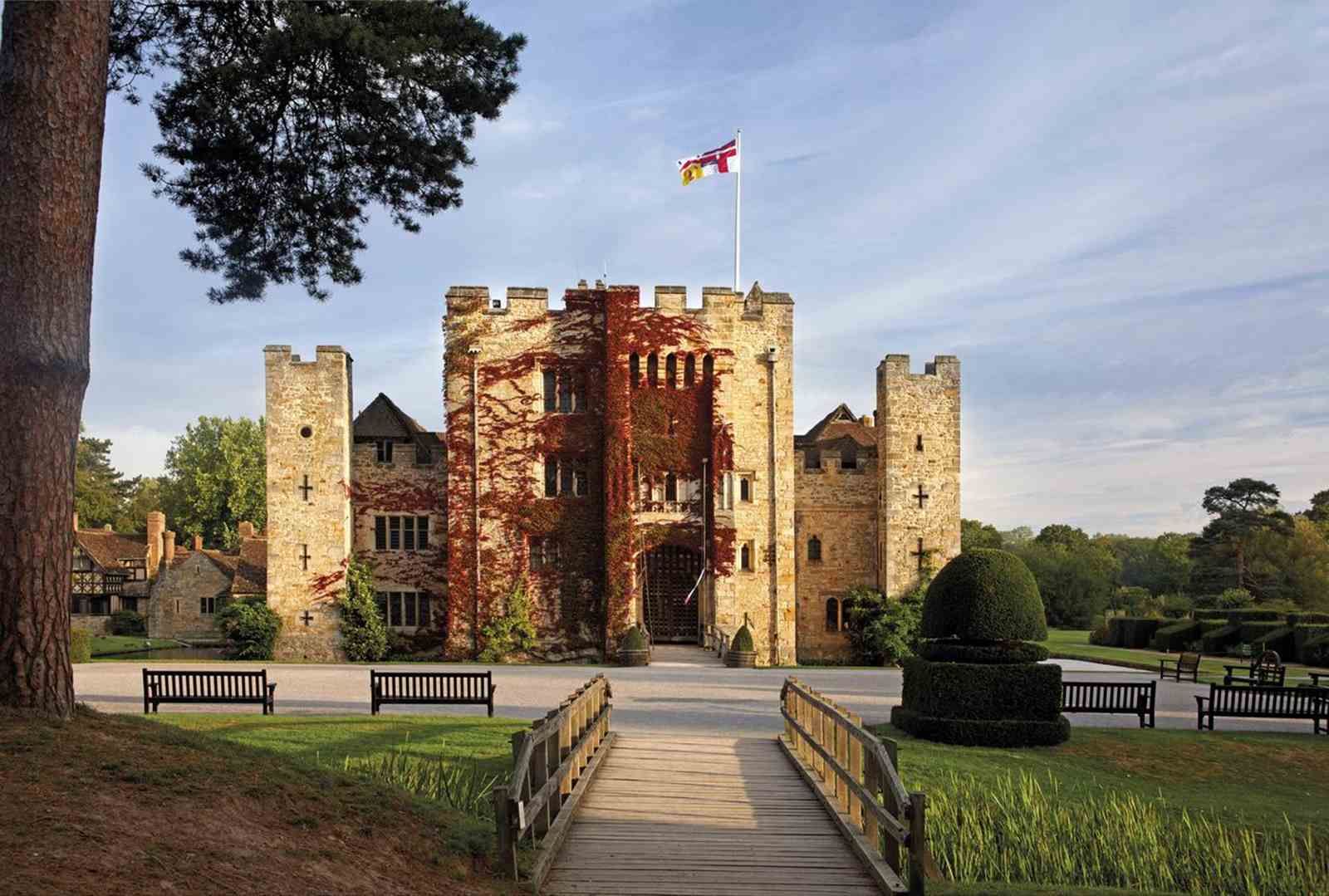

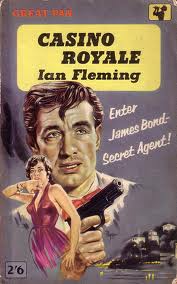 So does ‘The Saint’ Simon Templar, John Le Carre’s George Smiley, Len Deighton’s Harry Palmer, Sapper’s Bulldog Drummond, British Television’s The Avengers and countless heroes and anti-heroes of espionage created by other authors including Ian Fleming, Frederick Forsythe, Robert Ludlum, John Buchan, Stella Rimington, Eric Ambler, Leslie Charteris and John Gardner. Even Agatha Christie has a delve.
So does ‘The Saint’ Simon Templar, John Le Carre’s George Smiley, Len Deighton’s Harry Palmer, Sapper’s Bulldog Drummond, British Television’s The Avengers and countless heroes and anti-heroes of espionage created by other authors including Ian Fleming, Frederick Forsythe, Robert Ludlum, John Buchan, Stella Rimington, Eric Ambler, Leslie Charteris and John Gardner. Even Agatha Christie has a delve.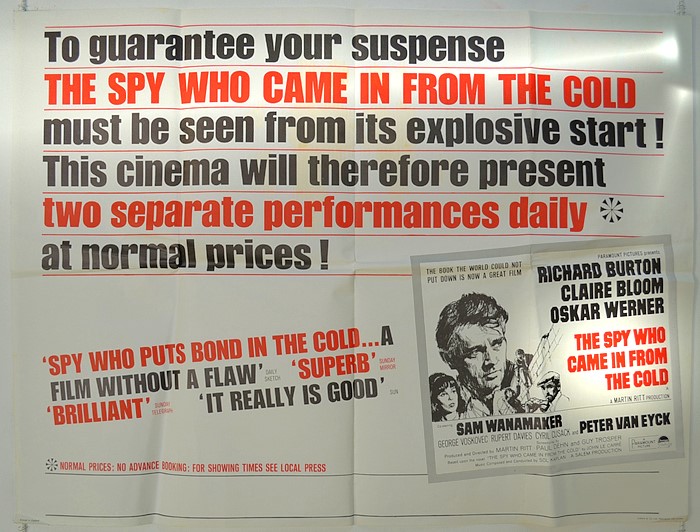 John le Carre, ever the stickler for realism, even goes so far as to name George Smiley’s address from his ‘business card’ in the novel The Spy Who Came In from the Cold: Mr George Smiley, 9 Bywater Street, Chelsea.
John le Carre, ever the stickler for realism, even goes so far as to name George Smiley’s address from his ‘business card’ in the novel The Spy Who Came In from the Cold: Mr George Smiley, 9 Bywater Street, Chelsea.